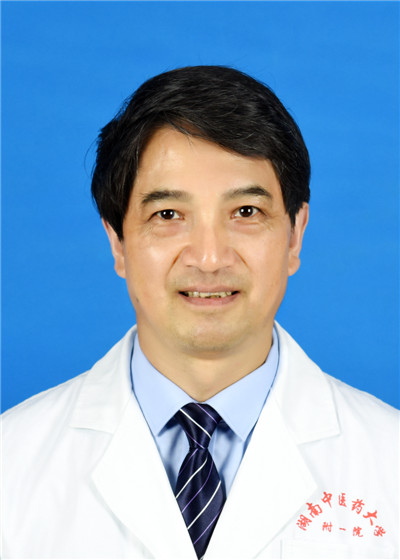Purpose/-ive: In Japan, non-small lung tumors are frequently detected under popularized CT screening and stereotactic
body radiation therapy (SBRT) has been generally used as a curative treatment option for patients with early stage primary lung cancer. We organized a multiinstitutional SBRT study group in Japanese Radiological Society (JRSSBRTSG) and conducted various studies of SBRT for primary or oligo-static cancer. The purpose of this study was to evaluate the treatment outcomes of SBRT for stage I non-small cell lung cancer (NSCLC) in the practice level with the Japanese large data-.
Materials/Methods: This is a retrospective analysis to review 2226 patients (median age, 77 years; male 1560, female 666) with stage I (IA 1601, IB 625) NSCLC treated at 20 institutions of JRSSBRTSG. Histology was proven in 1658 patients (adenocarcinoma 961, squamous cell carcinoma 541, others 156). A total dose of 32 -70 Gy mainly at the isocenter was prescribed in 312 fractions. The median calculated biological effective dose (BED) was 107 Gy (range, 58-150 Gy) -d on alpha/beta = 10 Gy).
Results: The median follow- up period for all patients was 32 months. Overall survival rate at three year (OS-3y) and disease-specific survival rate at three year of total patients was 72% and 85%, respectively. Locally progression free rate at three year of T1 and T2 tumors were 87% and 72%, respectively. Nodal and distant -stases were observed in 11.3% and 22.3% of patients, respectively. Pulmonary complications of NCI-CTC criteria grade ≥ 3 were noted in 2.9% of total patients.
OS-3y of female patients was better (83%) than for male patients (68%) (p < 0.01). OS-3y was better (75%) for BED ≥ 100 Gy subgroup (n = 2042) compared to 63% for BED < 100 Gy (n = 184) (p < 0.01). OS-3y of medically operable patients (n = 726) was better (78%) than for inoperable patients (n = 1500, 68%) (p < 0.01). OS-3y of histology-unknown patients (n = 568) was a little better (77%) than for histology-proven patients (n = 1658, 63%) (p < 0.05). OS-3y of patients accompanying chronic pulmonary interstitial change was much worse (41%) than others. OS-3y of patients accompanying pulmonary emphysema was worse (64%) than others.
Conclusions: The outcomes of SBRT for stage I NSCLC in Japanese multi-institutional large patient data- were retrospectively analyzed. The local progression-free and overall survival rate in the practice level showed a similar results to that of JCOG (Japan Clinical Oncology Group) 0403; a prospective phase II study of SBRT (48 Gy in 4 fractions) for stage IA NSCLC. The patient’s subgroup of medically operable, BED ≥100 Gy and no pulmonary interstitial change nor emphysema had better prognosis.
 严华华中科技大学同济医学院附属同济医院副主任医师胸外科
严华华中科技大学同济医学院附属同济医院副主任医师胸外科
 张建东山东省千佛山医院副主任医师肿瘤综合科
张建东山东省千佛山医院副主任医师肿瘤综合科
 张健湖南中医药大学第一附属医院主任医师中医眼科
张健湖南中医药大学第一附属医院主任医师中医眼科
 冯陵南京医科大学第二附属医院副主任医师肿瘤综合科
冯陵南京医科大学第二附属医院副主任医师肿瘤综合科
 冯陵南京医科大学第二附属医院副主任医师肿瘤综合科
冯陵南京医科大学第二附属医院副主任医师肿瘤综合科
 孙锡高南京航天医院主任医师中医肿瘤科
孙锡高南京航天医院主任医师中医肿瘤科